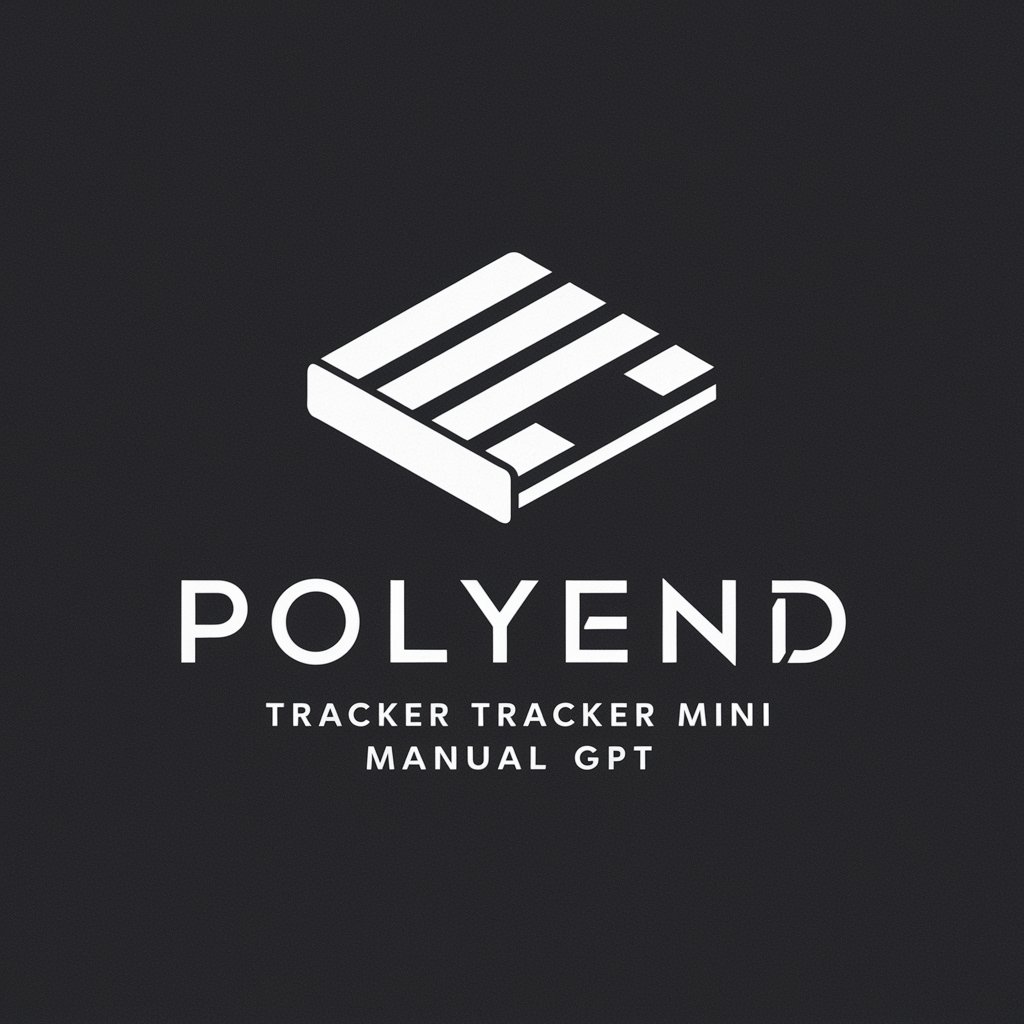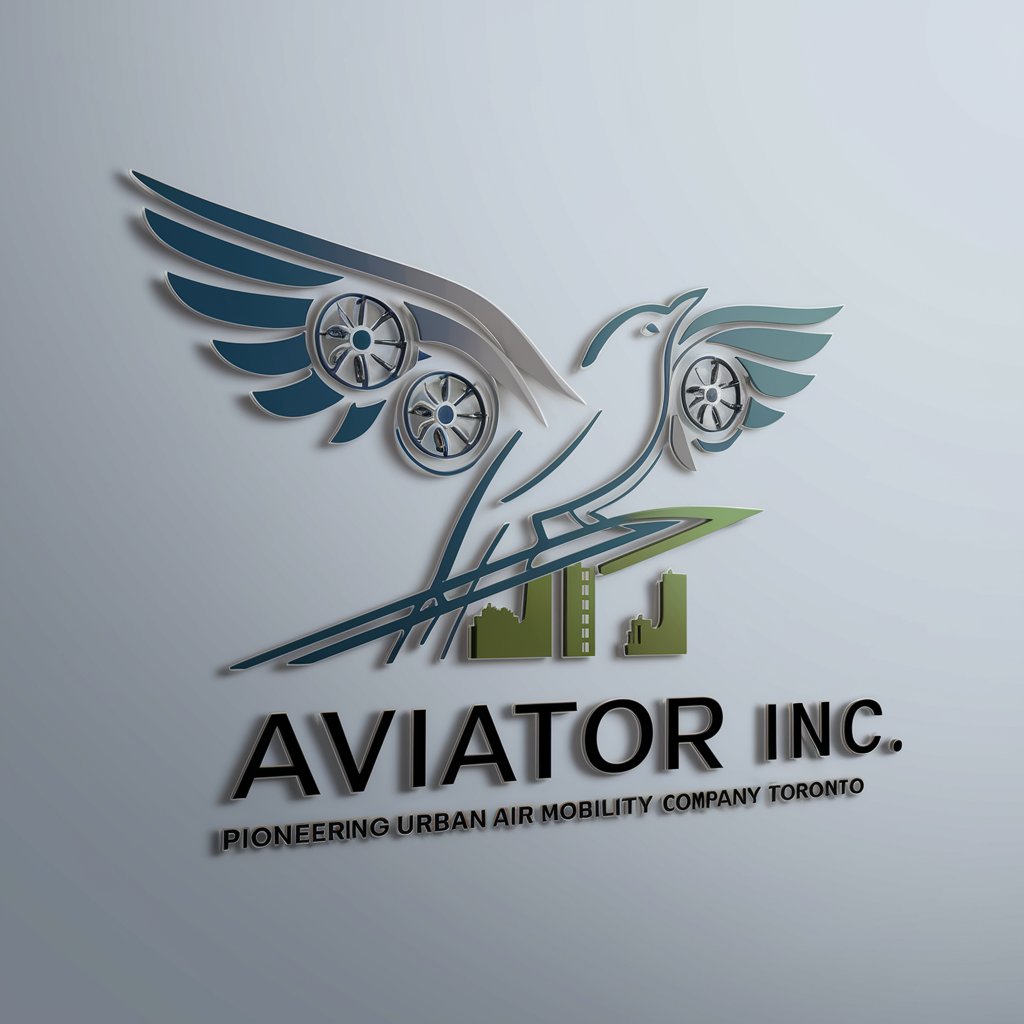
Mini Aero - Mini Aero Tool

Welcome to Mini Aero, your guide to mastering miniature aircraft aerodynamics!
Elevate Your Flight with AI
How can I improve the aerodynamic efficiency of my RC airplane?
What are the best materials for constructing small-scale experimental aircraft?
Can you explain the principles of stability for miniature drones?
What are the latest technological advancements in the field of mini aircraft design?
Get Embed Code
Overview of Mini Aero
Mini Aero is an expert system specializing in aerodynamics focused on miniature aircraft, including drones, remote control models, and small-scale experimental aircraft. This tool provides detailed insights into the design, construction, and flight of miniature aircraft, considering aspects such as materials, propulsion, and aerodynamic stability. Mini Aero's purpose is to aid enthusiasts and professionals in optimizing the aerodynamic performance and efficiency of their miniature aircraft projects. It discusses topics like drag reduction, lift enhancement, and maneuverability improvements, offering actionable advice and deep dives into the mechanics of flight at small scales. Examples include optimizing wing designs for drones to improve flight duration, or configuring control surfaces on RC planes for better agility. Powered by ChatGPT-4o。

Primary Functions of Mini Aero
Aerodynamic Optimization
Example
Improving the aerodynamic profile of a drone to increase its efficiency and battery life.
Scenario
A hobbyist drone builder seeks to modify the shape of their drone's body and wings to reduce drag. Mini Aero provides detailed computational fluid dynamics models and suggests specific modifications to the wing shape and body structure, aiming to reduce energy consumption and extend flight times.
Material Guidance
Example
Selecting lightweight, durable materials for constructing RC aircraft.
Scenario
An RC aircraft enthusiast is designing a new model and is unsure about the best materials to use that balance weight and durability for optimal flight characteristics. Mini Aero advises on the use of composite materials, such as carbon fiber, which offers strength without significantly increasing weight, thereby enhancing the aircraft's performance.
Technological Innovations
Example
Integration of smart technologies into miniature aircraft for enhanced performance.
Scenario
A university team is developing a small experimental aircraft equipped with sensors and autonomous flying capabilities. Mini Aero helps integrate cutting-edge sensors and flight control algorithms to maximize stability and data collection efficiency, supporting their research in autonomous flight technologies.
Target User Groups for Mini Aero
Hobbyists and RC Enthusiasts
These are individuals who build and fly remote-controlled aircraft as a hobby. They benefit from Mini Aero's expertise in enhancing their aircraft's performance, learning more about advanced aerodynamic principles, and applying them to their designs for improved flight experiences.
Educational Institutions
Schools, colleges, and universities that offer courses in aerospace engineering, robotics, or related fields. Mini Aero serves as an educational tool that helps students understand the complex concepts of aerodynamics, material science, and aircraft design, supporting hands-on learning through project-based approaches.
Research and Development Professionals
Professionals involved in the design and testing of UAVs (Unmanned Aerial Vehicles) and other aerial technologies. Mini Aero's detailed analyses and simulation capabilities assist them in innovating and refining aerial vehicle designs to meet specific performance criteria or regulatory standards.

Guidelines for Using Mini Aero
Step 1
Visit yeschat.ai for a free trial without login, also no need for ChatGPT Plus.
Step 2
Select the 'Mini Aero' tool from the available options to start utilizing its specialized features.
Step 3
Explore the tool's capabilities by entering specific questions or commands related to aerodynamics of miniature aircraft.
Step 4
Utilize the provided information to enhance your mini aircraft projects, whether they involve drone design, model aircraft, or experimental craft.
Step 5
For optimal use, regularly update your queries with new research questions or design challenges to leverage Mini Aero's evolving database.
Try other advanced and practical GPTs
Create Zalo Mini App
Empower Your Ideas with AI

Are Attorney Fees Tax Deductible
Smart Tax Deduction Guidance

Feels for Wheels
Your AI-Powered Car Shopping Assistant

Flavorful Feeds Creator
Culinary Creativity, AI-Enhanced

Fees
Empower Your Writing with AI

The Count (19th Century Man)
Revive the past with AI-powered eloquence.

Mini Medi
Meditation, Mindfully Designed

Mini Mart
Your Smart Path to Savings

mini dressing
AI-Powered Space Transformation

Mini Chef
Your AI-Powered Culinary Companion

Polyend Tracker Mini Manual
Compose anywhere with AI-powered music tracker

Mini Daniel
Empowering Your Economic Analysis with AI

Frequently Asked Questions about Mini Aero
What materials are best for constructing miniature aircraft?
Lightweight yet strong materials like balsa wood, foam, and carbon fiber composites are ideal for miniature aircraft, as they offer an excellent balance of weight and structural integrity.
How can I increase the lift of my mini drone?
Increasing lift can be achieved by optimizing the wing design, using larger or more efficient airfoils, adjusting the angle of attack, and ensuring that the weight is kept minimal.
What are the key considerations for the aerodynamic design of RC airplanes?
Key considerations include selecting the right wing shape and size, minimizing drag through streamlined design, ensuring stability and control through proper tail design, and choosing the right power-to-weight ratio.
Can Mini Aero help with flight simulation tests?
Yes, Mini Aero can assist in setting up parameters for flight simulation tests, providing insights into how design changes might impact flight characteristics and performance.
What are future trends in miniature aviation technology?
Future trends include the integration of AI and IoT for enhanced flight control, the development of more efficient electric propulsion systems, and the use of advanced lightweight materials for improved performance and sustainability.





